Some cat breeds show surprisingly elevated risks.

Cancer in cats is difficult for any owner to face, but researchers have found that certain breeds are more prone to it than others. While no breed is entirely safe, pedigree cats often show higher risks because their genetics leave less room for variation. That doesn’t mean every Siamese or Persian will face a diagnosis, but it does mean owners of these cats should stay especially alert. Understanding which breeds carry documented vulnerabilities can help families notice problems earlier, when treatment is more effective. What follows is a closer look at 11 breeds that appear repeatedly in veterinary records and studies, with insights into why their cancer rates stand out.
1. Siamese cats tend to develop mammary and digestive cancers.
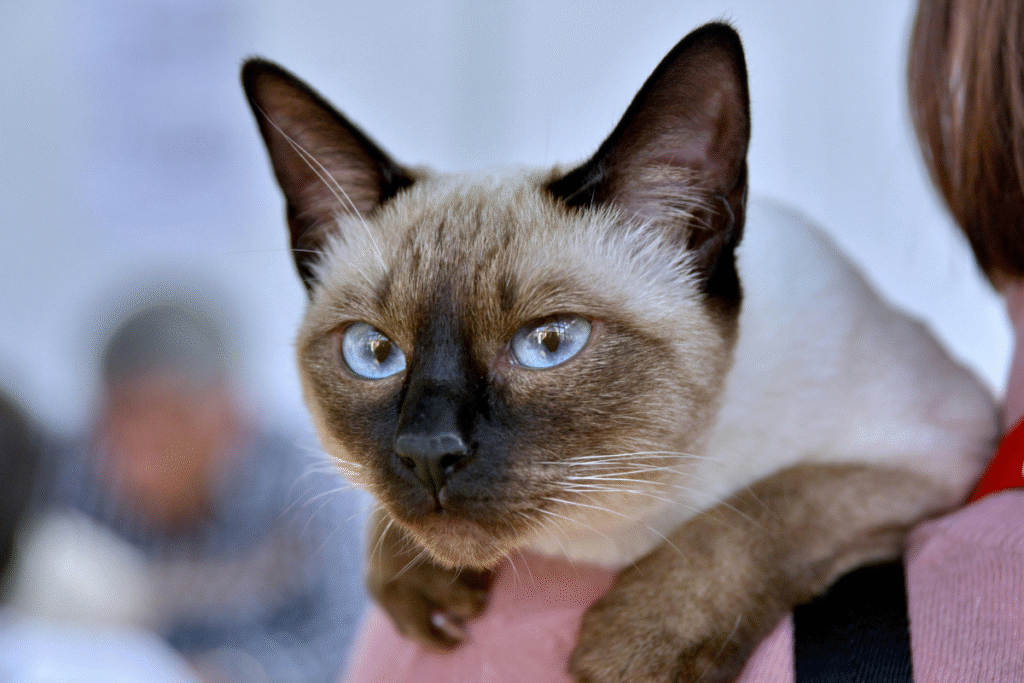
Siamese cats have been singled out in several studies as more vulnerable to certain cancers, with mammary tumors leading the list. According to data from Swedish insurance records, they face higher rates of cancer mortality than many other cats, and their mammary tumors often appear at younger ages. Some veterinarians also note that gastrointestinal cancers crop up more often in this breed, suggesting a genetic link. With their lean build and active personalities, small changes in appetite or behavior are usually easy for owners to notice, which makes vigilance especially important. Routine checks of mammary glands in females are strongly recommended to stay ahead of these risks.
2. Persian cats are often overrepresented in lymphoma cases.
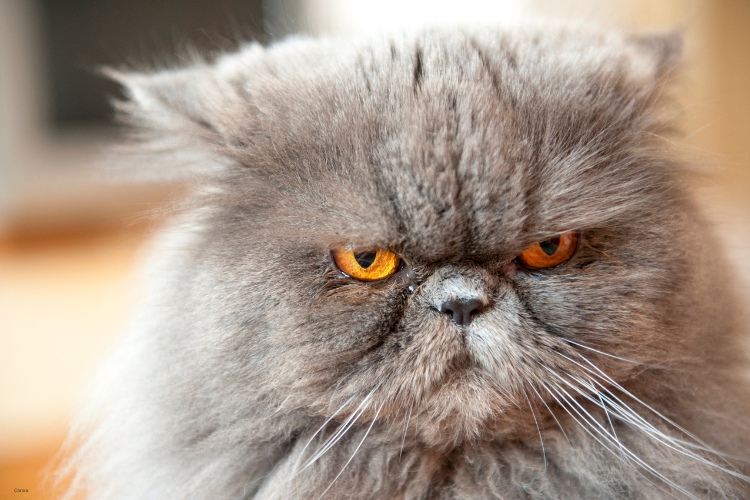
Veterinary reports often show Persians appearing more frequently in lymphoma and skin cancer cases than would be expected. As stated by oncology reviews, their flat facial structure and dense coats make early detection harder because lumps or swellings may go unnoticed. Genetic narrowing in their breeding history is also believed to play a role, leaving them more vulnerable overall. Owners sometimes misread signs like lethargy or weight loss as grooming stress, which delays treatment. For Persians, annual wellness exams can be a lifesaver, and keeping a close eye on subtle changes at home can make all the difference in catching cancer early.
3. Bengal cats show patterns suggestive of higher tumor rates.
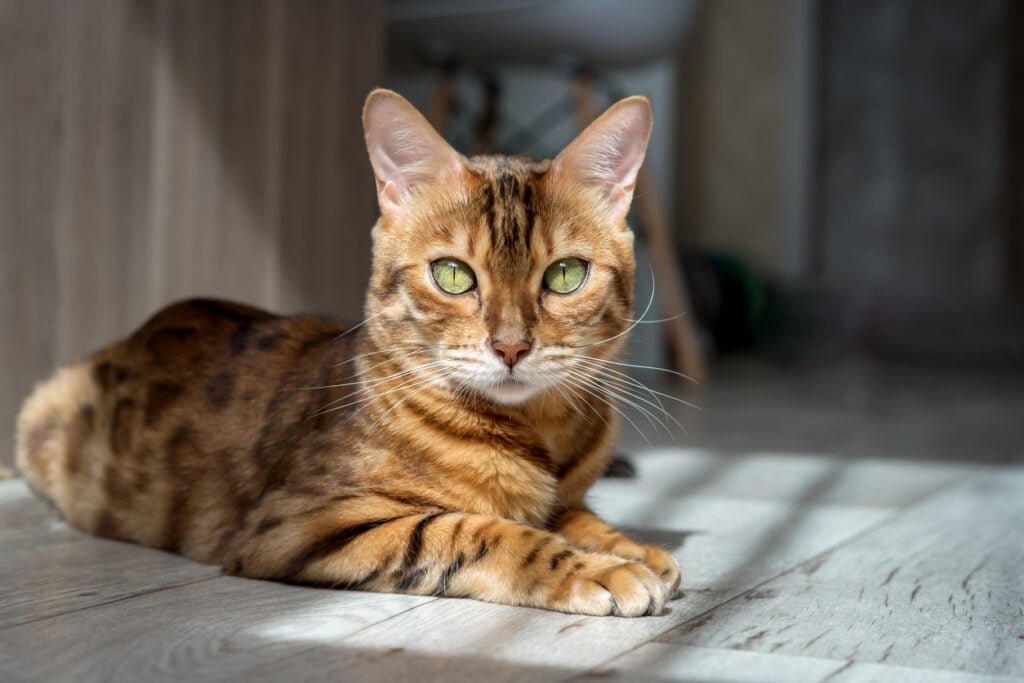
Bengals are newer to the cat fancy, but they already stand out in discussions of breed health. As discovered by a veterinary-verified review of cancer by breed, Bengals are linked to higher rates of soft tissue sarcomas and mast cell tumors. Their narrow genetic pool, stemming from strong selective breeding, likely contributes to the trend. Owners often see them as sturdy athletes, but that impression can mask hidden issues until they affect mobility or comfort. Because Bengals are so energetic, a sudden decrease in activity or appetite should not be brushed aside—it could be a sign of something more serious developing.
4. Oriental and related breeds carry overlapping vulnerabilities.

Closely related to the Siamese, Orientals share a genetic foundation that seems to predispose them to cancer, especially lymphomas and mast cell tumors. Their graceful, short-haired bodies make it easier to spot a lump, yet that advantage doesn’t erase the genetic risks they carry. Veterinarians often include them alongside Siamese when discussing feline cancer predisposition, reinforcing the need for careful monitoring. Families who share their lives with an Oriental cat should treat any unusual swelling or persistent illness as a reason to seek veterinary care without delay.
5. Scottish Folds may face cartilage-related tumor risks.

Scottish Folds are famous for their distinctive folded ears, but the same genetic trait affects cartilage throughout the body. This link has raised concerns that they may be more prone to bone or cartilage tumors than other cats, with a few case reports supporting the idea. Their skeletal issues already make them more likely to show signs of lameness, which can mask deeper problems. When a Fold limps or resists touch, it is not always safe to assume arthritis alone is to blame. Keeping a close watch on mobility changes is especially important for this breed.
6. Abyssinians sometimes appear in breed risk discussions.
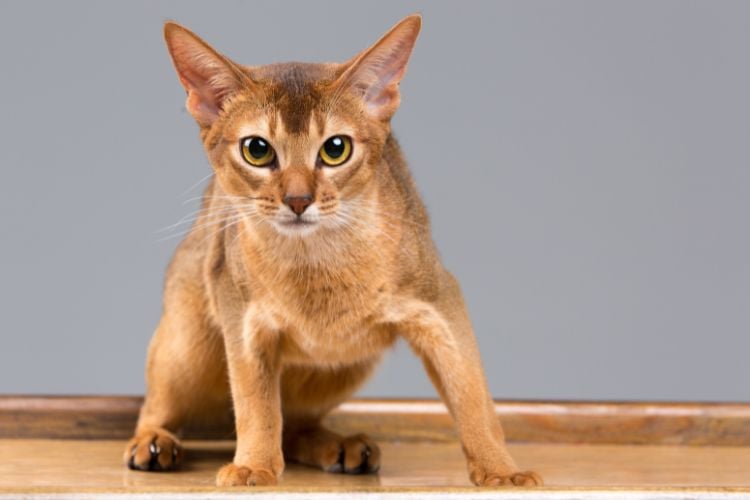
Though they are not as frequently studied, Abyssinians have shown up in several veterinary reviews as having somewhat higher risks for hematopoietic and skin cancers. Their popularity among pedigree enthusiasts means they are often represented in specialty clinics, which may account for part of the pattern. Even so, their inclusion across multiple reports suggests there may be something genuine at play. For owners, the lesson is simple: check for unusual lumps, skin changes, or unexplained weight loss, and don’t dismiss these signs as quirks of an otherwise active and playful cat.
7. Russian Blues appear in malignant tumor registries.

A study of feline tumors in Korea found Russian Blues with more than sixty percent of their tumors classified as malignant, a striking figure compared with other breeds in the same registry. While this doesn’t prove a universal predisposition, it does highlight the need for awareness among Russian Blue owners. Their thick coats and reserved personalities can make it harder to notice health issues until they are advanced. Regular physical exams at the vet can catch problems earlier, ensuring that subtle weight loss or hidden lumps are not missed.
8. Himalayans inherit vulnerabilities from both parent breeds.
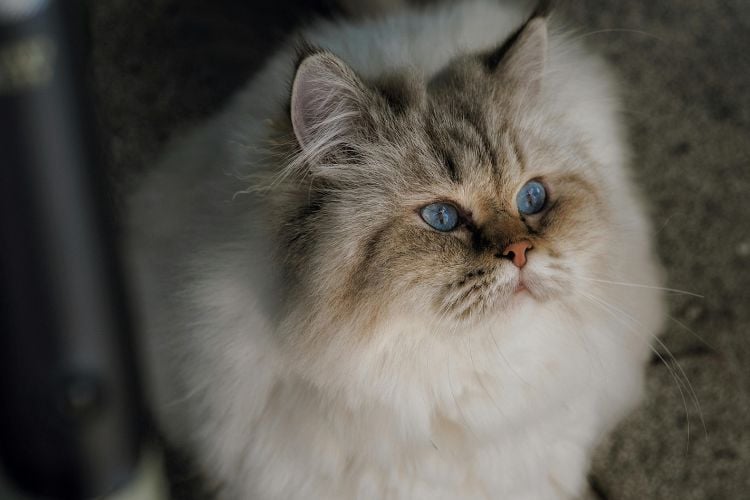
As the product of Persian and Siamese lines, Himalayans unfortunately carry cancer risks from both. They can be prone to mammary tumors and lymphomas, and their long coats often make early detection difficult. Because their Siamese ancestry also ties them to earlier tumor onset, the risks arrive from two directions at once. Owners who share their homes with a Himalayan should build regular health checks into their routine and practice hands-on monitoring, since both genetics and coat type make vigilance especially important.
9. Birman cats occasionally surface in oncology reports.

Birman cats are not as consistently studied, yet they appear often enough in veterinary records to suggest that cancer risks may be higher than in the general cat population. Lymphoma and soft tissue sarcomas are the most frequently noted, though firm data is scarce. Because Birmans are not a common breed, gathering large study samples has been difficult, but the repeated mentions carry weight. Owners can reduce uncertainty by staying alert to small changes—sluggishness, swelling, or appetite shifts—and ensuring their cats receive thorough veterinary checkups.
10. Maine Coons are not immune despite their hardy image.
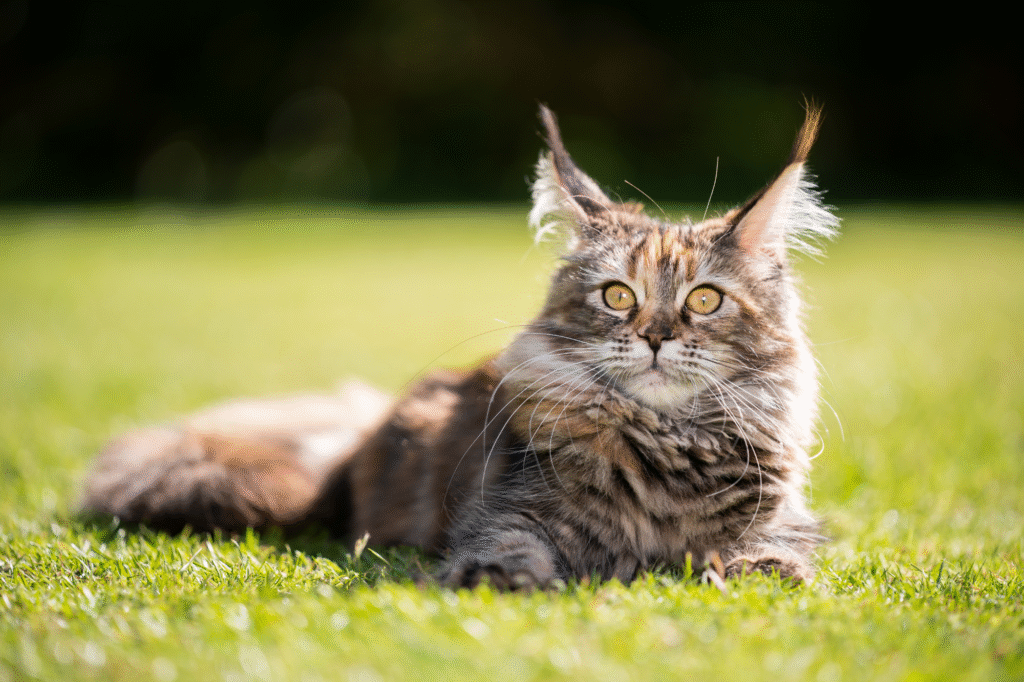
Maine Coons are often celebrated for their robust build, yet they are not immune to cancer. Reports of lymphoma and soft tissue sarcomas in this breed show up more often than many owners expect. Their sheer size can make small tumors harder to detect, giving them a head start before anyone realizes something is wrong. Even a legendary Maine Coon named Stewie, once the longest cat in the world, succumbed to cancer. Owners should treat every lump or behavioral change seriously, because catching a problem early often makes all the difference in outcome.
11. Sphynx cats face heightened risks for skin tumors.

The Sphynx, with its hairless body, is uniquely exposed to sunlight and environmental factors that can trigger skin cancers. Squamous cell carcinoma is the primary concern, especially on exposed areas like the nose and ears. Without a protective coat, their vulnerability is greater than in other breeds, and frequent skin checks become a necessity rather than an option. Because minor skin irritation is common in this breed, it’s easy for owners to overlook the early signs of cancer. Protecting them from prolonged sun exposure and acting quickly on suspicious lesions are key steps in keeping them healthy.
